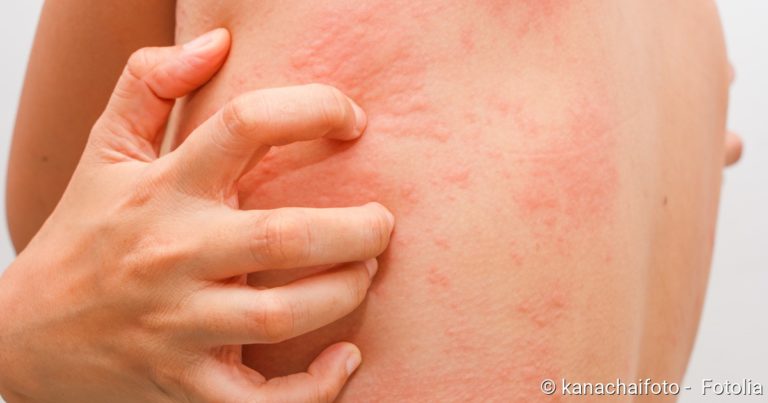Plantar warts: Recognizing and treating warts on the foot
Plantar warts (Verrucae plantares) are warts on the sole of the foot, heel or between the toes. They are very painful and can even make walking impossible. From the outside they look quite small, but they usually reach deep into the subcutis. Here you can read all the important information on the subject of plantar warts: What do they look like? What causes them? How to treat plantar warts?

How to recognize plantar warts
If you have painful warts on your foot, these are probably so-called plantar warts (verrucae plantares). Mostly these warts colonize the sole of the foot or heel, sometimes also the space between the toes.
In contrast to common warts (verrucae vulgares), plantar warts in general hardly protrude above the skin surface: because their position on the sole of the foot or heel means that the body weight is on top of them. Therefore they cannot form hemispherical skin nodules (like common warts). Instead, the plantar warts are pressed inwards: they usually extend deep into the subcutis. Outwardly, only a slightly thickened horny layer with a soft, smooth surface and a brownish-grey colour is visible. The latter results from black points standing close together. These are traces of leaked blood from superficial, very fine blood vessels (capillaries).
Note: If several plantar warts are very close together, they are called mosaic warts.
Plantar warts: cause & infection
Plantar warts are caused by certain types of the Human Papilloma Virus (HPV). They are considered highly contagious. One gets infected with the pathogens by walking barefoot, for example in the swimming pool, sports hall, changing room or communal shower.
How to treat plantar warts
If you want to remove plantar warts, you need patience: the skin tumours can be quite persistent. However, consistent treatment is advisable, especially if the plantar warts cause great pain when walking. Some patients tread very carefully with the affected foot and preferably in such a way that the plantar wart is not stressed. Over time, this careful gait can cause late effects such as foot malpositions. In addition, there is a risk of injury if you do not walk properly.
There are several ways to treat plantar warts:
To dissolve the horny layer of a mordant black, a salicylic acid patch can be applied for at least 48 hours. The acid softens the horny layer. After removing the plaster, take an extensive foot bath with lukewarm water. Then you can gently sand down the softened horny layer with a nail file or pumice stone. If necessary, the whole process can be repeated. Afterwards, an acid solution can also be applied to destroy the wart tissue – possibly in combination with 5-fluorouracil, a cell poison.
Another way of removing stubborn plantar warts is cryotherapy – i.e. freezing with liquid nitrogen. In principle, the opposite procedure is electrocoagulation: In this procedure, the plantar warts are “burned” with electric current. In addition, plantar warts can be removed by heating them strongly with a laser and thus destroying them (laser therapy).
Finally, the doctor can also remove the plantar warts with a special surgical instrument (the sharp spoon).
Whatever treatment you choose: If one was able to successfully remove the plantar warts, the problem is usually not finally solved. The warts unfortunately often return.




